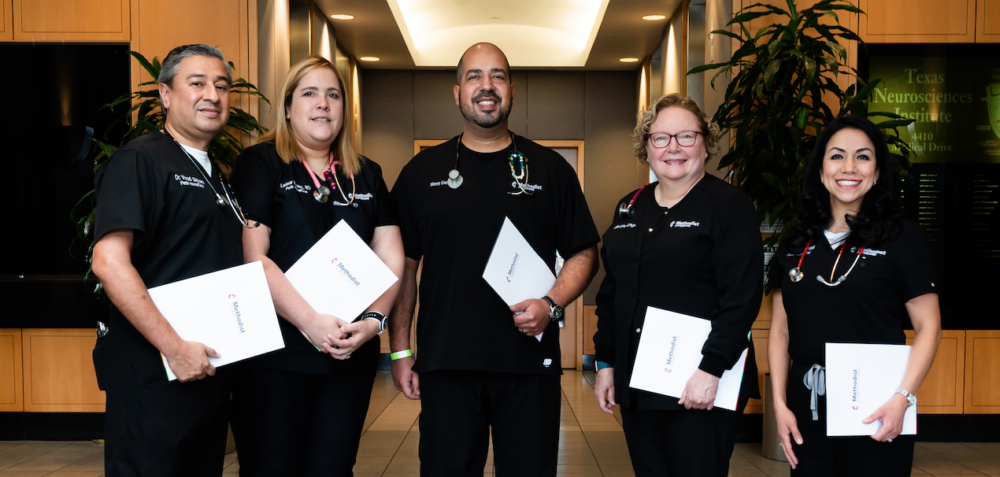By Amy Jackson, MD
Think back to the last time you didn’t get a full night’s sleep. How did it affect your concentration?

Your reaction time? Your mood? Now imagine you are four to nine years of age, with that same lack of sleep only you’re expected to sit in a classroom, listen to your teacher, and retain information all day long. This is exactly what is happening to millions of children on a daily basis. Multiple studies show that a lack of quality sleep in children can lead to deficient growth, hyperactivity, low motivation, poor behavior, trouble following directions, inability to concentrate, delayed processing and altered brain function. In my opinion, the best natural advantage you can give your child is good quality sleep with a maximum amount of oxygen flow and uptake.
The Problem:
Sleep Disordered Breathing (SDB) is a condition characterized by repeated episodes of sleep related breathing abnormalities including but not limited to, hypopnea (under-breathing), apnea (not breathing), snoring, upper airway resistance, sleep apnea and obstructive sleep apnea. Most adults are familiar with snoring and cessation of breath in the night, but did you know that the same conditions could be affecting the children in your family?
Did you know?
A Preschooler (Ages 3-5 years) should be getting between ten and thirteen hours of sleep.
Your child should sleep with their mouth closed and breath through their nose.
Tooth Grinding is frequently related to SDB.
The slightest sound from your child in the night, often described as a purring can be considered pediatric snoring.
A child with a lack of adequate sleep often has a forward head posture, and may have a long face with venous pooling under the eyes.
A child with a lack of sleep may be overactive, act out and have difficulty following directions and is often confused with having an attention deficit disorder.
Sleeping with the tongue on the roof of the mouth is critical for proper cranial and airway development.
If a child’s father snores his children are prone to have sleep disordered breathing.
What can you do about it?
Pay attention to your child’s sleeping patterns, watch and listen for abnormal sounds, snores or gasps for air.
If you are suspicious of SDB, take a video of your child sleeping at night and view it with a professional.
Take a Sleep Questionnaire** and review the answers with a trusted dentist or physician.
Use available resources to you such as: The Oxygen Advantage by Patrick McKeown, Johns Hopkins Pediatric Sleep Center website.
Conclusion
Sleep disordered breathing afflicts a large number of children. The problem is often multifactorial and the most effective treatment involves cooperation between parents, physicians and dentists. An exam and sleep screening are complimentary in most Orthodontic Offices, and one the most effective and least invasive treatments is prevention through airway development. A healthy night’s sleep, and a well-developed airway, is the best natural advantage you can give your child mentally and physically.


**Obtain a free Sleep Questionnaire at southtexasorthodontics.com







Recent Comments